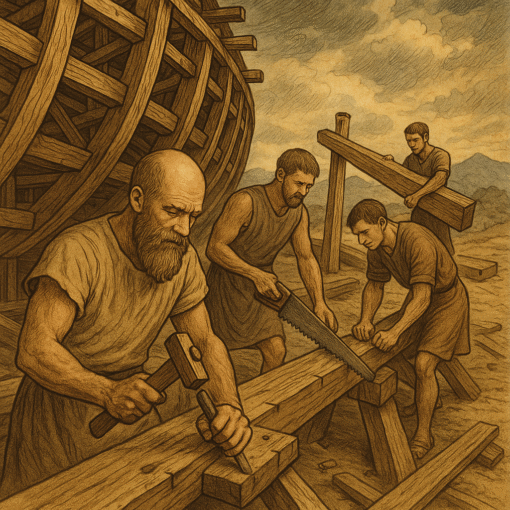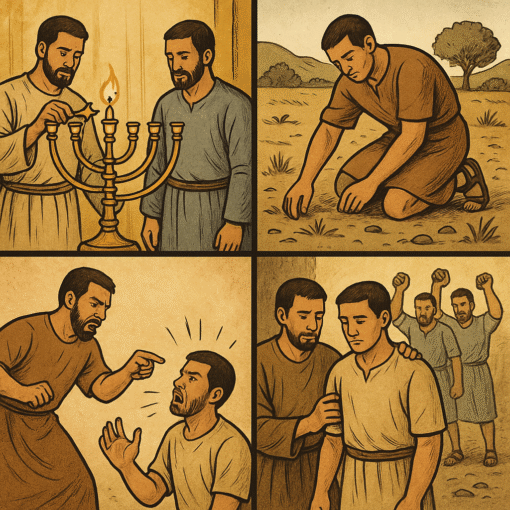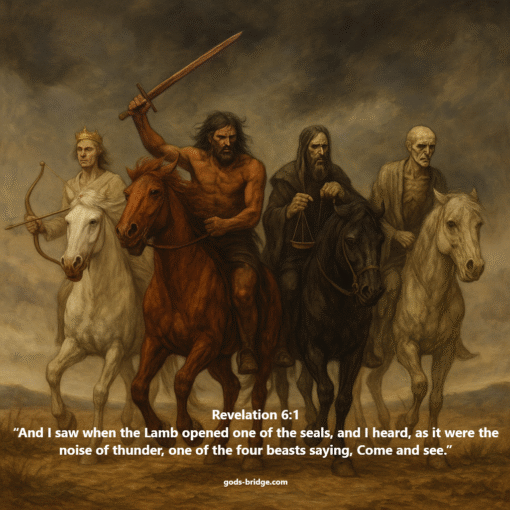Exodus 26 – The Tabernacle
-
God gives Moses the detailed pattern for the tabernacle itself.
-
It was made of ten curtains of fine linen, with cherubim embroidered in blue, purple, and scarlet.
-
Curtains were joined together with golden clasps.
-
Over these, coverings of goats’ hair, rams’ skins dyed red, and badgers’ skins were added.
-
Boards of acacia (shittim) wood, overlaid with gold, formed the framework.
-
The veil separated the Holy Place from the Most Holy Place, where the ark would be placed.
-
The entrance curtain was also embroidered with colors and hung on pillars.
Exodus 27 – The Altar & Court
-
Instructions for the brazen altar: square, made of acacia wood overlaid with brass, with horns at each corner.
-
Utensils (pans, shovels, basins, flesh-hooks, and firepans) were of brass.
-
The court was enclosed by fine linen hangings with pillars and sockets of brass.
-
The gate had a hanging of blue, purple, scarlet, and fine linen.
-
Israel was commanded to bring pure olive oil for the lamp to burn continually.
Exodus 28 – The Priestly Garments
-
God sets apart Aaron and his sons to minister as priests.
-
Special holy garments were made:
-
Ephod of gold, blue, purple, scarlet, and fine linen, with onyx stones engraved with the names of the tribes.
-
Breastplate of judgment with twelve precious stones, each representing a tribe.
-
Urim and Thummim placed in the breastplate for God’s guidance.
-
Robe of blue with bells and pomegranates on the hem.
-
Golden plate engraved “Holiness to the LORD,” worn on the high priest’s turban.
-
-
The garments were for glory and beauty, setting apart the priesthood to serve God on behalf of Israel.
Summary Thought
Exodus 26–28 shows God’s holiness and order in worship:
-
The tabernacle was God’s dwelling place among His people.
-
The altar and court showed how Israel could approach Him.
-
The priestly garments pointed to the holiness, mediation, and intercession fulfilled in Christ, our great High Priest (Hebrews 9:11–12).



